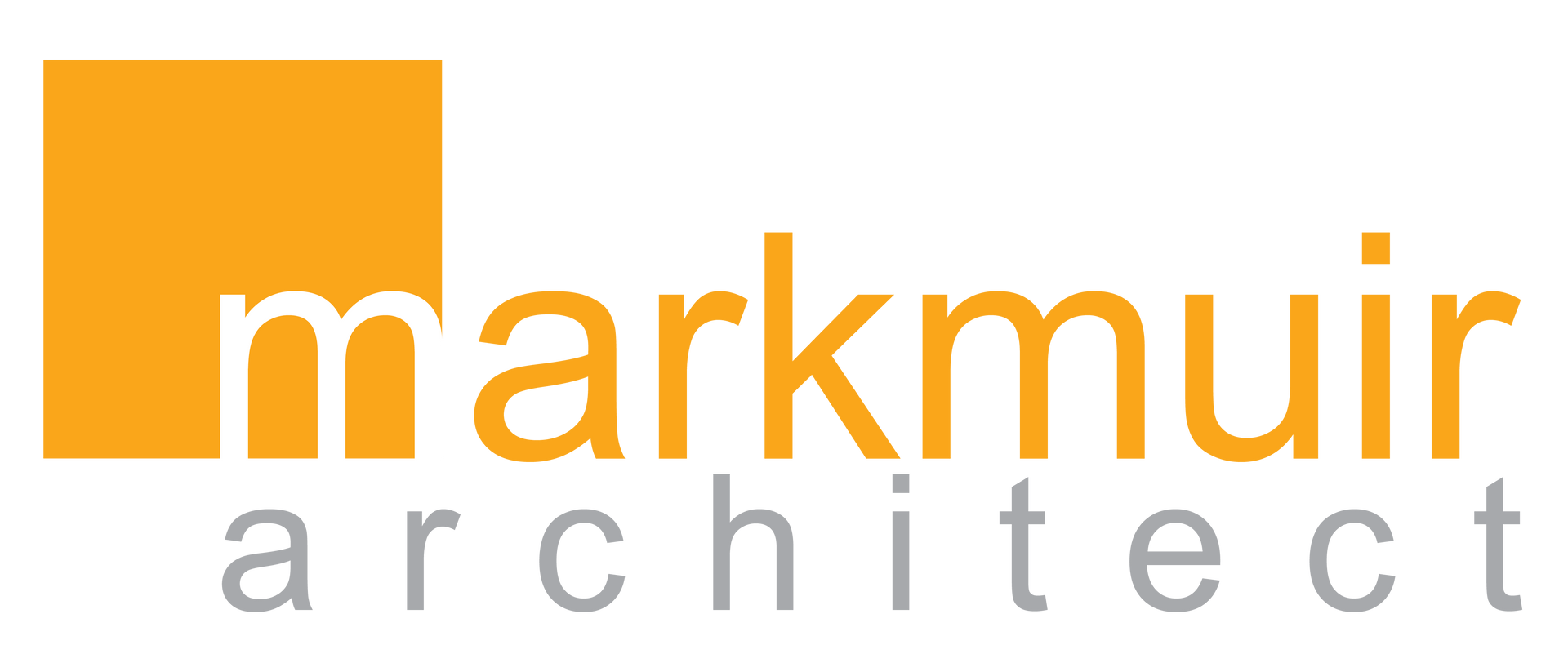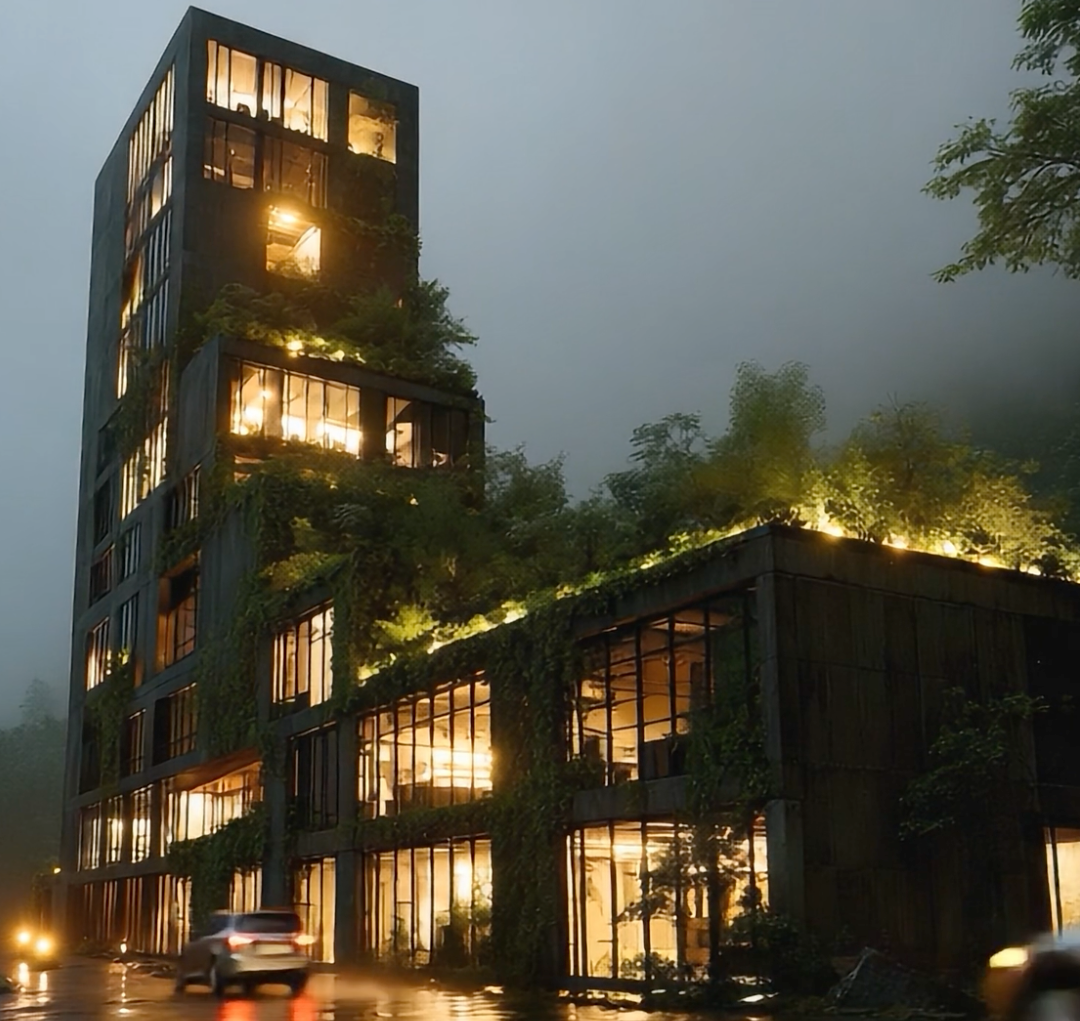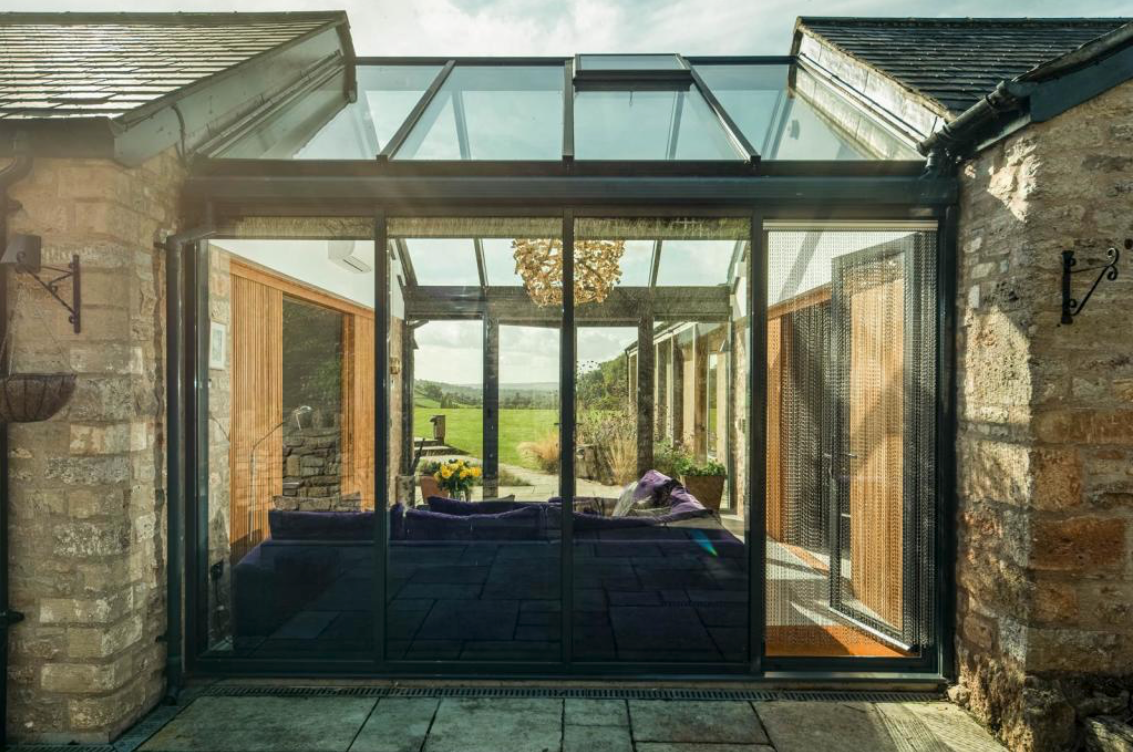What’s Hot in Architecture 2025: No 8
The Power of Natural Light

In 2025, the architectural world is shining a fresh spotlight on one of the most timeless and transformative design elements: natural light.
As sustainability, well-being, and experiential design continue to drive innovation, incorporating natural daylight has moved from a desirable feature to a design essential. It’s not just about aesthetics—it’s about creating environments that feel good, function efficiently, and connect people with the rhythms of the natural world.
Letting the Outside In
The shift toward open designs and expansive glazing is more than just a stylistic trend. Architects are increasingly leveraging large-format windows, sliding glass walls, internal courtyards, and strategically placed skylights to flood interiors with daylight.
By blurring the boundaries between indoors and outdoors, these spaces create a sense of calm, openness, and connectivity that resonates with modern lifestyles.
The Wellness and Sustainability Payoff
Natural light has measurable benefits for both humans and the planet:
Human health: Studies show access to daylight improves mood, productivity, sleep, and mental health.
Energy efficiency: Reducing reliance on artificial lighting during daylight hours significantly cuts energy consumption.
Biophilic connection: Natural lighting enhances visual access to the outdoors, supporting biophilic design principles and boosting occupant well-being.
As a result, natural lighting is increasingly factored into early-stage design thinking, not just window placement at the end.
Clever Design Strategies Emerging in 2025
Architects in 2025 are getting smarter with daylighting strategies. These include:
Orientation-based planning, where room layouts are tailored to follow the sun’s path.
Deep window reveals and shading devices that manage glare while preserving light quality.
Translucent internal partitions and reflective surfaces that bounce light deeper into floorplans.
Tunable glazing that adapts to solar gain, enhancing thermal performance.
Standout Examples
The Treehouse by Olson Kundig features retractable glass walls and clerestory windows that immerse occupants in daylight from all angles.
London’s Battersea Power Station redevelopment integrates daylight into even the deepest commercial spaces through clever internal atriums and layered glazing.
The Edge in Amsterdam balances massive glass facades with precise digital shading to create a workplace flooded with light—without overheating.
Why It Matters
In a world that often feels overstimulated and disconnected, natural light offers a return to simplicity, beauty, and human-centred design. It helps architecture do what it does best: elevate everyday life through thoughtful form and function.
Have you been harbouring an inkling in the back of your mind to let as much natural light in as possible? Well just book a complimentary discovery call and chat your ideas through with Mark....
BOOK HERE
#MarkMuirArchitect #HomeExtension #SouthWestArchitect










